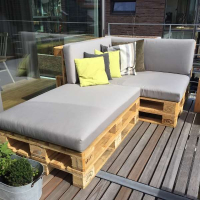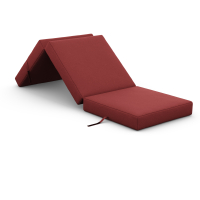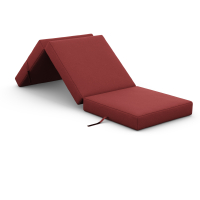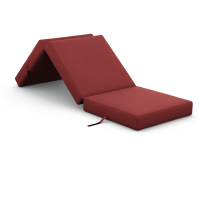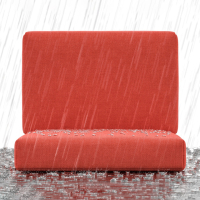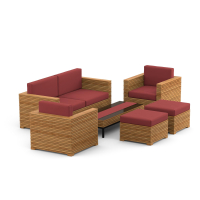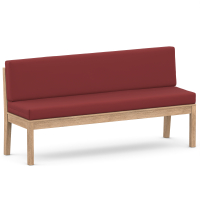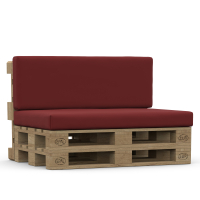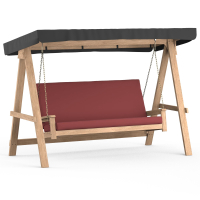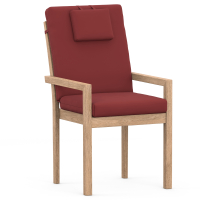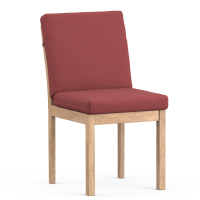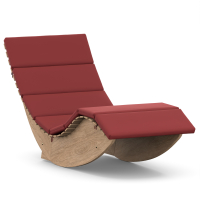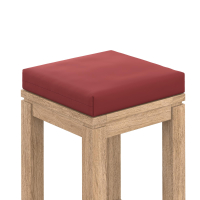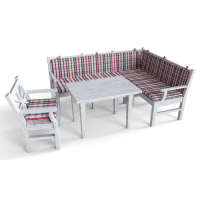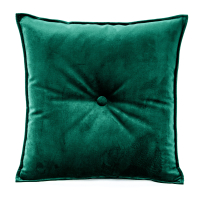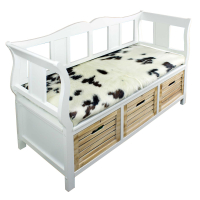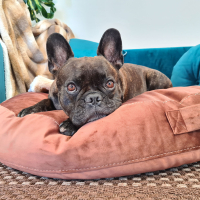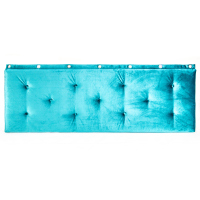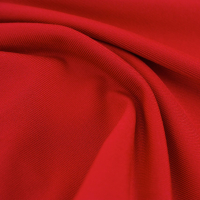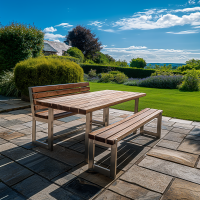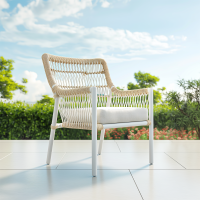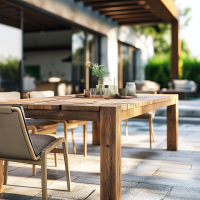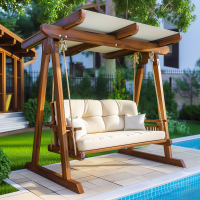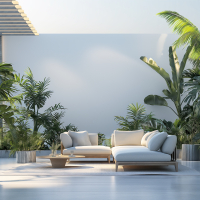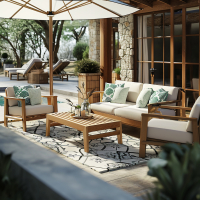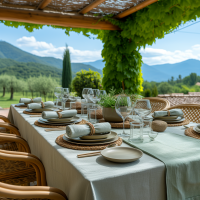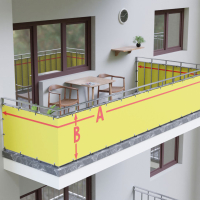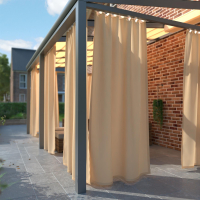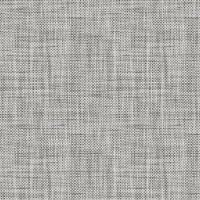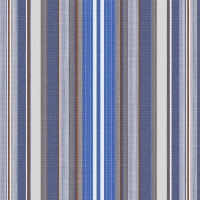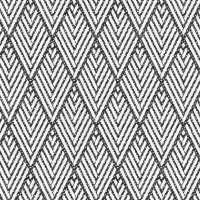Glossary
Solution-Dyed and After-Dyed - Difference
What is Solution-Dyed?
Solution-dying, also known as spin-dyeing, is a process in which the color pigments are embedded in the fibers themselves, resulting in a yarn full of vibrant and long-lasting colors after spinning. Fabrics made from such yarns are lightfast for years and retain their bright colors. When solution-dyed acrylic is exposed to the sun, the color remains permanently.
What does After-Dyed mean?
In after-dying, the fabric is first woven white and then dyed using the piece dyeing technique to give it a range of colors. While this process gives the final product incredible vibrancy, it also has its drawbacks - these fabrics lose their bright color over time. The colors can fade after just 1 or 2 years because they no longer adhere properly to the fabric. Furthermore, yarn-dyed fabric is extremely sensitive to creases and folds. When this material is creased, the outer color layer breaks and the inner white fabric becomes somewhat visible.
Here's a little example:
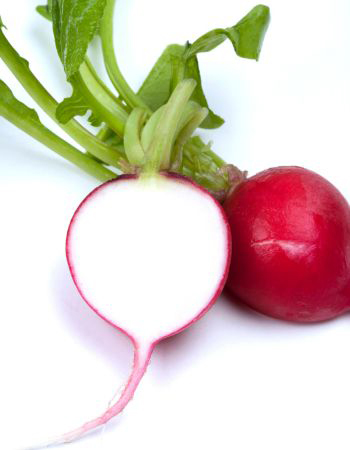 Imagine that the radish is a yarn woven with white fibers. After the fibers have been combined, the yarn is dyed a beautiful, strong red. This means that if the upper dyed layer of the yarn is worn or damaged over time (e.g. by UV radiation or by friction), the fabric loses its color and becomes increasingly pale, until the color eventually completely fades:
Imagine that the radish is a yarn woven with white fibers. After the fibers have been combined, the yarn is dyed a beautiful, strong red. This means that if the upper dyed layer of the yarn is worn or damaged over time (e.g. by UV radiation or by friction), the fabric loses its color and becomes increasingly pale, until the color eventually completely fades:
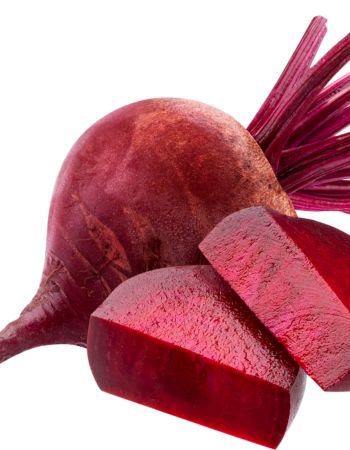 On the other hand, the beetroot represents a yarn made with solution-dyed acrylic yarn. Here you can clearly see that the acrylic yarn is dyed through and is not white inside. This means that the color retains its intensity much longer under the same conditions than with dyed fabrics. Therefore, these fabrics are often used in professional areas (gastronomy, hotels, boats, etc.). The best-known fabrics of this type are Sunbrella or our collections fabrics, which we guarantee for 5 years:
On the other hand, the beetroot represents a yarn made with solution-dyed acrylic yarn. Here you can clearly see that the acrylic yarn is dyed through and is not white inside. This means that the color retains its intensity much longer under the same conditions than with dyed fabrics. Therefore, these fabrics are often used in professional areas (gastronomy, hotels, boats, etc.). The best-known fabrics of this type are Sunbrella or our collections fabrics, which we guarantee for 5 years:
